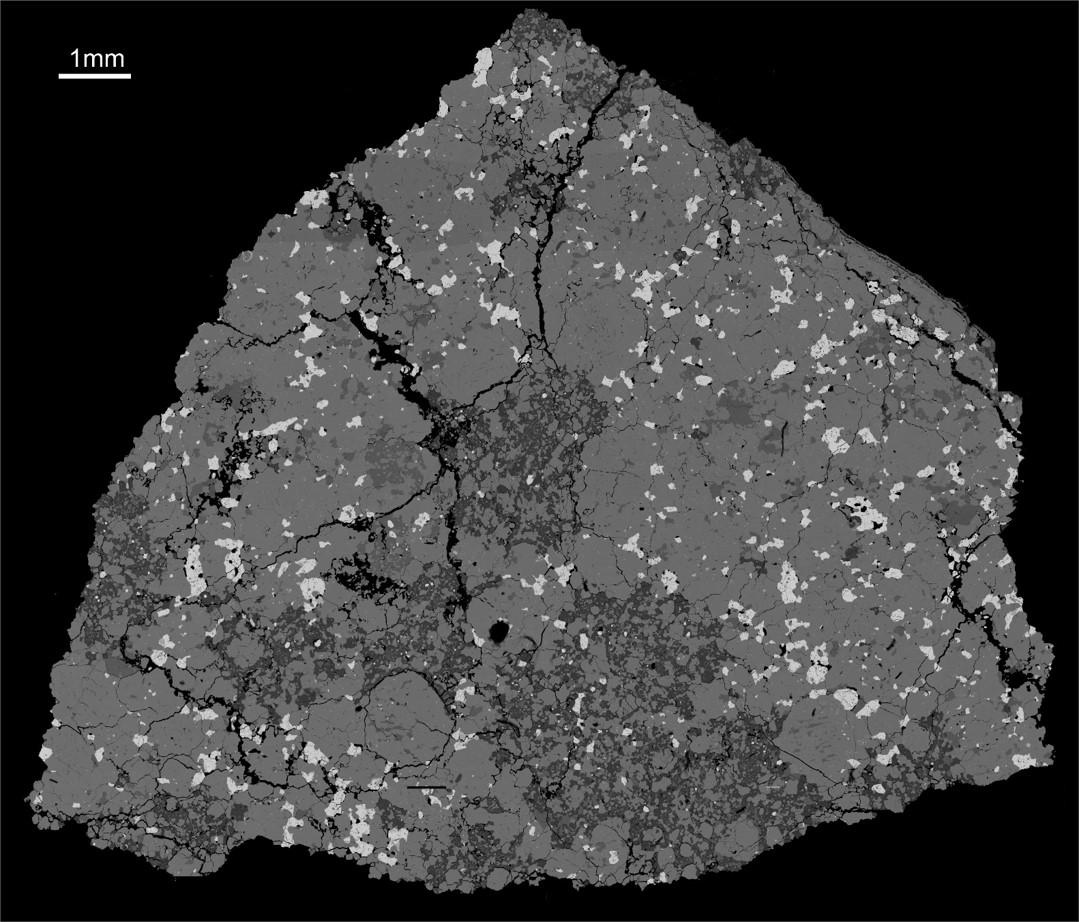EPS Colloquium: Juliane Gross
Understanding the origin, distribution, and behavior of volatile-rich material in the Solar System provides crucial constraints on planetary evolution as well as the availability of magmatic fluids for any potential occurrences and sustenance of life. The discovery and recovery of volatile-bearing meteorites, thus, plays a fundamental role in placing such constraints on the origin and distribution of water throughout our Solar System. The Miller Range (MIL) 11207 meteorite is a shocked R-6 chondrite that contains ~12 vol% OH-bearing minerals – amphibole, biotite, and apatite. This is the second R-chondrite reported to contain abundant OH-bearing minerals, the other being La Paz (LAP) 04840. However, MIL 11207 is petrologically distinct from the LAP 04840 pairing group (including finer grain size, and stronger effects of shock), and thus, elevates LAP 04840 from a unique odd-ball to the first find of a distinct sub-class or grouplet of chondrites. The importance of this grouplet lies in the elevated pressure of water vapor required to stabilize its amphibole and biotite. In this talk we will discuss the mineralogy, petrology, geochemistry, and the pressure-temperature history of MIL 11207 and the implications of the results for the geological history of the R-chondrite parent body.

